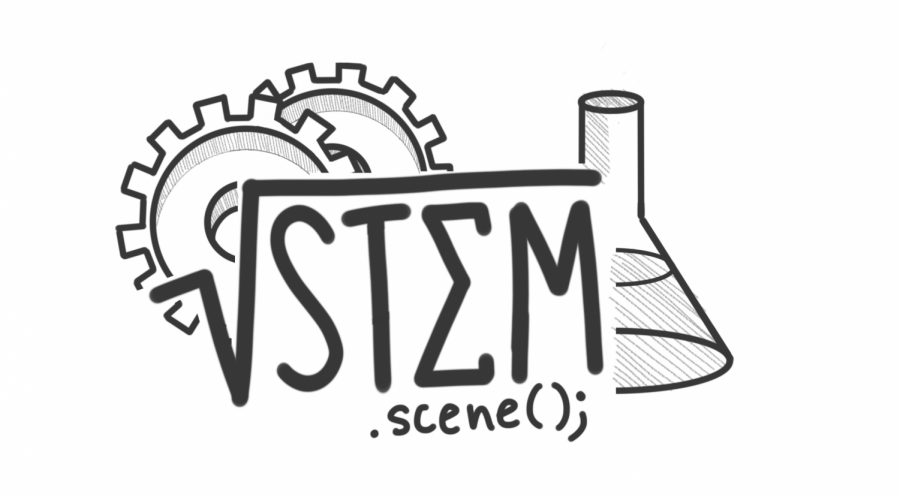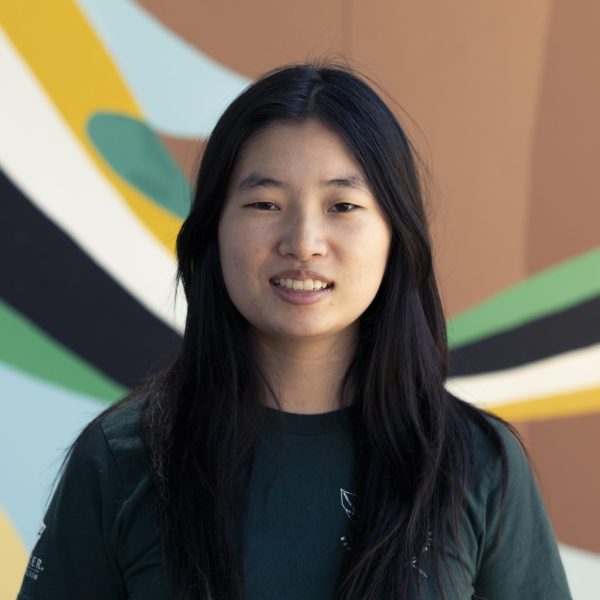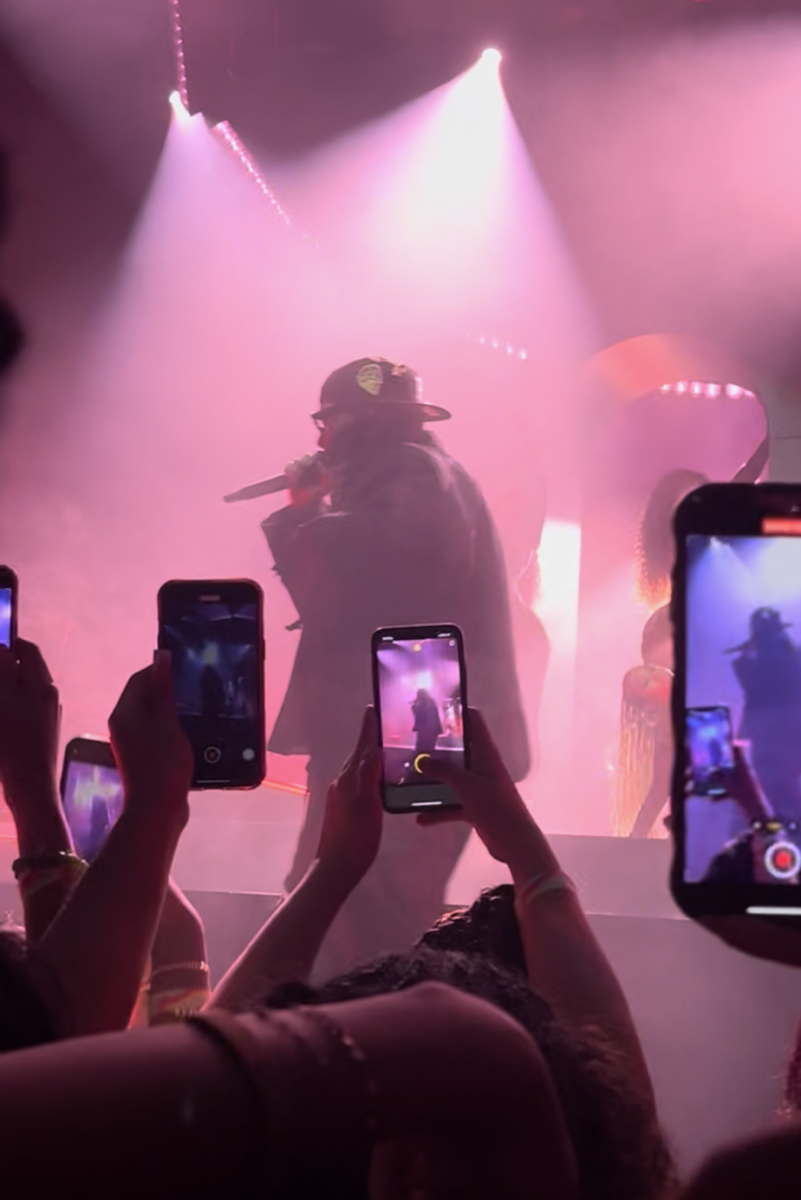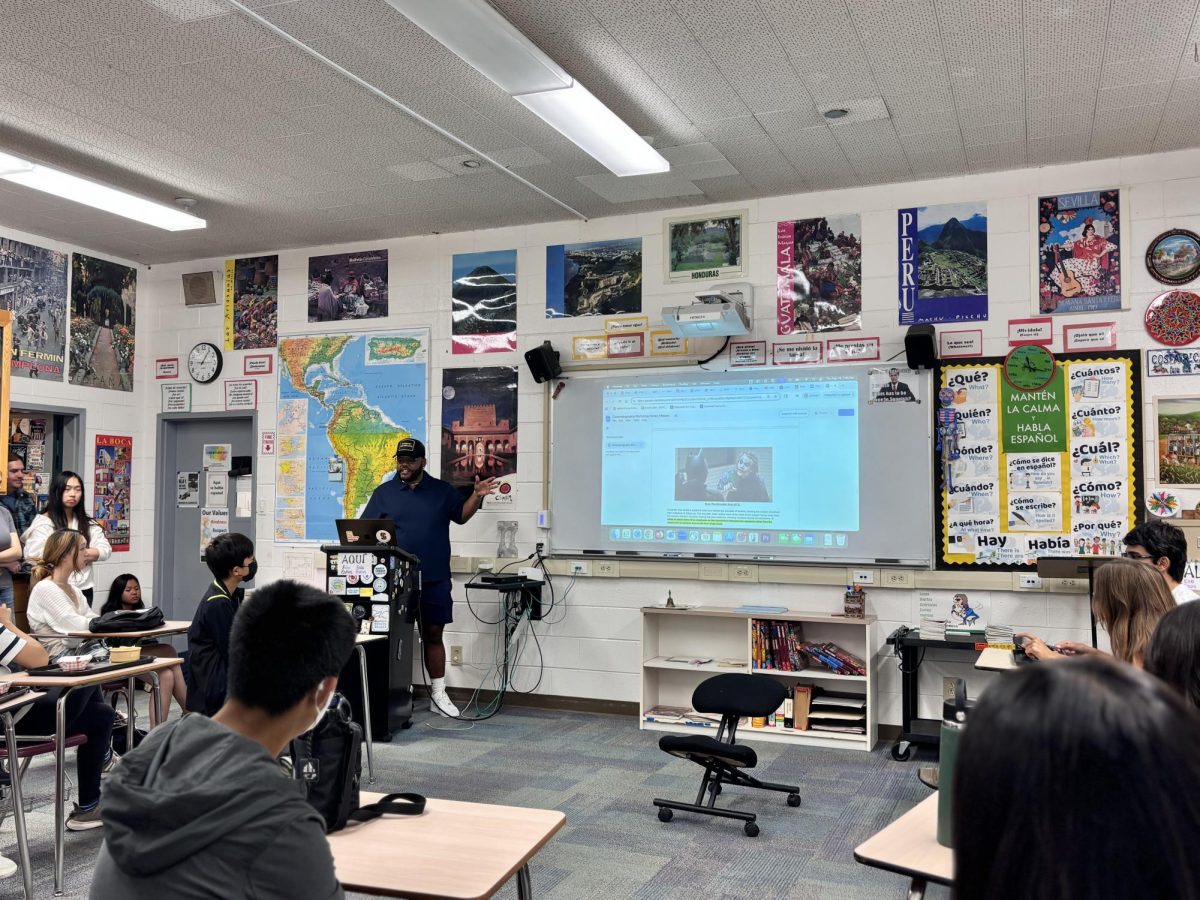STEM Scene: March 27
STEM Scene is Harker Aquila’s STEM repeater focusing on current developments within the STEM world. This installation features five briefs.
March 27, 2023
OpenAI releases new language model GPT-4
Following its predecessor GPT-3.5, OpenAI released GPT-4, the latest language system for ChatGPT, on March 14. GPT-4 is available with a $20 monthly subscription to ChatGPT Plus. While it is “less capable than humans in many real-world scenarios,” it “exhibits human-level performance on various professional and academic benchmarks,” according to the San-Francisco-based company. The new model can accept and analyze both images and text inputs, in comparison to GPT-3.5, which only allows text inputs. It can also compute income tax deductions if given the necessary code, as shown by OpenAI President Greg Brockman in an online demonstration on March 14. Among a wide range of simulated exams, GPT-4 received a 1410 on the SAT — compared to GPT-3.5’s 1260 — and a 4 on the AP Calculus BC exam — compared to GPT-3.5’s 1. It even offers “steerability,” meaning its outputs can be customized by the user through the “system” message. For instance, when prompted to tutor a student with the Socratic method, talk like a Shakespearean pirate or write its responses in JSON instead of plaintext, it can consistently do so without breaking character. Although GPT-4 still runs into occasional errors with logical reasoning and reporting facts, it has already shown drastic improvements over GPT-3.5, and its possibilities don’t stop there. Many educators hope that GPT-4 will be a convenient and accessible learning tool, especially for those who previously could not afford high-quality education. Additionally, earlier this year, Microsoft fused chatbot technology with its Bing search engine after investing over $1 billion in OpenAI. The company also introduced Microsoft 365 Copilot on March 16 — a system that embeds many large language models (LLMs), including GPT-4, into Microsoft 365.
Cause of the coronavirus remains unknown
It’s been three years since the start of the pandemic, but scientists, health officials and governments alike are still debating over its actual origins. Some say the SARS-CoV-2 virus resulted from a mutation in an animal virus which incidentally spread to humans, most likely originating from bats. However, U.S. intelligence officials, including the Department of Energy, recently hypothesized that the virus was a lab leak –– in other words, man-made. The World Health Organization (WHO) requested access to China’s lab data in 2022 in order to investigate the theory, but the Chinese government allegedly withheld the relevant data. Between these two theories, a 2021 intelligence report stated that four of the U.S. intelligence community members reported low confidence that the virus came from an animal, while one reported moderate confidence that the virus came from a lab. Although the U.S. intelligence community has not reached an agreement on this matter, both of the theories have various implications attached to them. Scientists in support of the animal theory say that it is much more believable than the lab leak theory. SARS-CoV-2 is the ninth coronavirus variant to infect humans, while all previous coronaviruses came from animals, according to a 2021 research paper published in the journal Cell. Two 2022 studies published in the journal Science also found that the virus most likely originated from Wuhan’s Huanan Seafood Wholesale Market, at least in its earlier stages. On March 14, a French scientist also shared her findings of raccoon dog DNA entangled with virus DNA from the same market, further ratifying the animal-to-human theory. On the other hand, scientists such as Alina Chan, a molecular biologist at the Broad Institute of Massachusetts Institute of Technology and Harvard University, would disagree. She cites the Wuhan Institute of Virology as the epicenter of this potential lab leak, with one of their research proposals in 2018 containing “a blueprint for COVID-like viruses.” These claims have caused considerable concerns surrounding the potential of this virus as a biological weapon. However, the 2021 intelligence summary stated their aversions to this theory.
Four new SpaceX crew members arrive at space station
SpaceX launched four astronauts from the U.S., Russia and the United Arab Emirates to the International Space Station (ISS) on March 2, and they successfully arrived on March 3. Their capsule is a Crew Dragon spacecraft named Endeavour, attached to a Falcon 9 rocket. Originally, SpaceX scheduled the flight for Feb. 27 but called it off last-minute due to technical difficulties. Additionally, an issue with a docking hook delayed their linkup by an hour. The mission, called Crew-6, took off from the Kennedy Space Center at Cape Canaveral and gained recognition for including astronaut Sultan al-Neyadi: the second person from the U.A.E. in space, and the first person from the U.A.E. to go on a 6-month space mission. The crew also includes the National Aeronautics and Space Administration (NASA)’s Stephen Bowen, a retired Navy submariner and the crew’s leader, NASA’s Warren “Woody” Hoburg, a former engineer and researcher at the Massachusetts Institute of Technology (MIT) and Russian cosmonaut Andrey Fedyaev, a retired Russian Air Force major. Al-Neyadi expresses excitement that he will be joined by two other Arab SpaceX astronauts this spring, making three Arab astronauts in the ISS at one time. Notably, March is also the month of Ramadan, but he explains that fasting might compromise his health during the mission. Bowen said the team had meshed well, despite tensions between the countries they represent. This new crew will replace the previous mission, Crew-5, which consists of two NASA astronauts, a Russian cosmonaut and a Japanese astronaut who have been at the ISS since last October. Their capsule safely returned to Earth late on March 11, arriving in the Gulf of Mexico.
EPA proposes limit on harmful ‘forever chemicals’
The Environmental Protection Agency (EPA) proposed restrictions on “forever chemicals,” or per- and polyfluoroalkyl substances (PFAS), on March 14. PFAS have been used in consumer products — including food packaging and shampoo — since the 1940s, and they have only recently been diminishing in prevalence. These toxic, widespread chemicals take their name from their non-biodegradability, and strong evidence suggests that they are linked to conditions such as kidney cancer, heart attacks, low birthweight, decreased fertility and immunocompromisation. Although the American Water Works Association (AWWA) estimates that forever chemicals could cost $38 billion to remove from drinking water, the EPA plans to limit them to the lowest detectable levels, benefitting an estimated 100 million Americans. The restrictions would mainly be imposed on two types of PFAS, called perfluorooctanoic acid (PFOA) and perfluorooctane sulfonic acid (PFOS). They would also monitor the combined levels of four other PFAS, including GenX chemicals, which are used as alternatives to PFOA and PFOS. To do so, the EPA wants approximately 4% to 12% of water providers to test their water for PFAS, as well as inform the public and remove them if they are found. It has also provided $2 billion for states to help with pollution and are planning to give more in the future. For years, environmentalists have been looking forward to these mandatory regulations. Some state or local regulators, including Michigan with a PFAS limit that has been in place since 2020, have already been restricting forever chemicals. Now, with federal efforts, PFAS limits could help a significantly higher number of communities in the U.S.
Scientists create baby mice from two males
Scientists created functional mice embryos using cells from two male mice, according to a study published in the journal Nature on March 15. In their described procedure, the researchers started by taking skin cells from the tails of adult male mice. Then, they converted these into induced pluripotent stem (iPS) cells, or a special type of cell that can develop into a wide range of other tissue and cell types. As these iPS cells grew, the scientists used a process called differentiation, involving the use of a specific drug, to transform them into egg cells. Finally, after the cells finished fertilization, researchers implanted them into female mice. This new breakthrough might make it possible for male same-sex couples to have biological children without donor eggs, and scientists could also use it to help endangered animals, according to a commentary on the study. However, only around 1% of 630 embryos the researchers implanted ultimately grew into pups, which potentially renders the method inefficient and unreliable. Diana J. Laird, a co-author of the commentary, states that scientists would need to take note of any mutations that might occur, and that it may be too early to determine whether it would be safe for humans. But regardless of its current feasibility, the technology represents the first step towards using the same procedure for human embryos.


















![“[Building nerf blasters] became this outlet of creativity for me that hasn't been matched by anything else. The process [of] making a build complete to your desire is such a painstakingly difficult process, but I've had to learn from [the skills needed from] soldering to proper painting. There's so many different options for everything, if you think about it, it exists. The best part is [that] if it doesn't exist, you can build it yourself," Ishaan Parate said.](https://harkeraquila.com/wp-content/uploads/2022/08/DSC_8149-900x604.jpg)




![“When I came into high school, I was ready to be a follower. But DECA was a game changer for me. It helped me overcome my fear of public speaking, and it's played such a major role in who I've become today. To be able to successfully lead a chapter of 150 students, an officer team and be one of the upperclassmen I once really admired is something I'm [really] proud of,” Anvitha Tummala ('21) said.](https://harkeraquila.com/wp-content/uploads/2021/07/Screen-Shot-2021-07-25-at-9.50.05-AM-900x594.png)







![“I think getting up in the morning and having a sense of purpose [is exciting]. I think without a certain amount of drive, life is kind of obsolete and mundane, and I think having that every single day is what makes each day unique and kind of makes life exciting,” Neymika Jain (12) said.](https://harkeraquila.com/wp-content/uploads/2017/06/Screen-Shot-2017-06-03-at-4.54.16-PM.png)








![“My slogan is ‘slow feet, don’t eat, and I’m hungry.’ You need to run fast to get where you are–you aren't going to get those championships if you aren't fast,” Angel Cervantes (12) said. “I want to do well in school on my tests and in track and win championships for my team. I live by that, [and] I can do that anywhere: in the classroom or on the field.”](https://harkeraquila.com/wp-content/uploads/2018/06/DSC5146-900x601.jpg)
![“[Volleyball has] taught me how to fall correctly, and another thing it taught is that you don’t have to be the best at something to be good at it. If you just hit the ball in a smart way, then it still scores points and you’re good at it. You could be a background player and still make a much bigger impact on the team than you would think,” Anya Gert (’20) said.](https://harkeraquila.com/wp-content/uploads/2020/06/AnnaGert_JinTuan_HoHPhotoEdited-600x900.jpeg)

![“I'm not nearly there yet, but [my confidence has] definitely been getting better since I was pretty shy and timid coming into Harker my freshman year. I know that there's a lot of people that are really confident in what they do, and I really admire them. Everyone's so driven and that has really pushed me to kind of try to find my own place in high school and be more confident,” Alyssa Huang (’20) said.](https://harkeraquila.com/wp-content/uploads/2020/06/AlyssaHuang_EmilyChen_HoHPhoto-900x749.jpeg)











